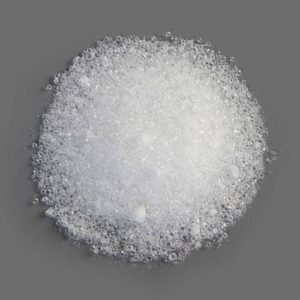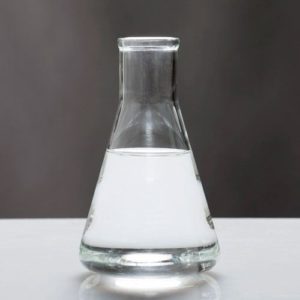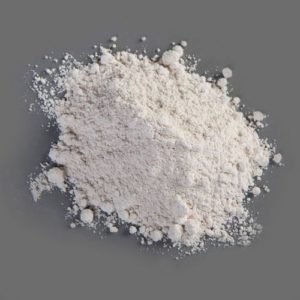Description
Monosodium Glutamate, also known as sodium glutamate, is the sodium salt of glutamic acid, one of the most abundant naturally occurring non-essential amino acids. Used in cooking as a flavor enhancer with an umami taste that intensifies the meaty, savory flavor of food, as naturally occurring glutamate does in foods such as stews and meat soups.
Additional information
| CAS# | 6106-04-3 |
|---|---|
| Formula | C₅H₈NO₄Na |





